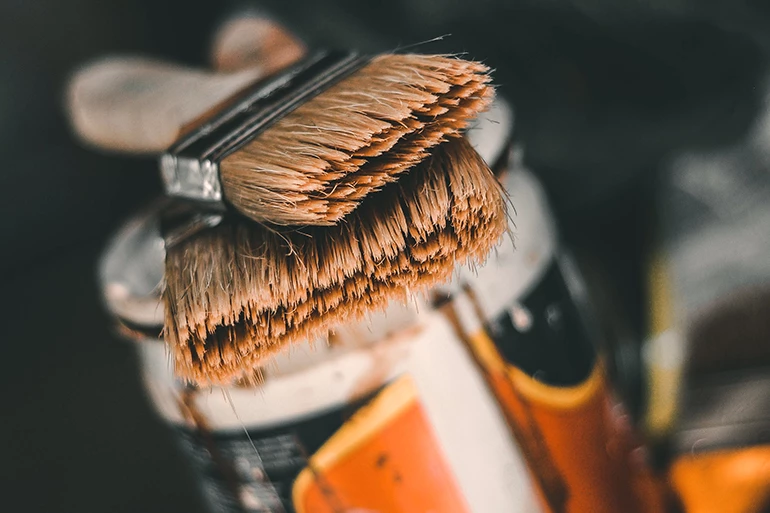Fireplace Paint & Stove Paint Buyer's Guide
Want to know a cheap way to make your fireplace or wood stove look brand new? Paint it! Over time, even high-quality fireplaces can start looking dull and the finish can rust or chip. Special high-temperature paint is a great way to make it look young again. (It also adds a layer of protection against rust and wear.)
-

- Rusted wood burning stove
It's a simple, inexpensive DIY project and you can even paint the fireplace tools to match. Paint is a better option than fireplace polish because the polish rubs off and only gives temporary protection to the finish. Paint, on the other hand, adds a brand new finish in any color you want.

